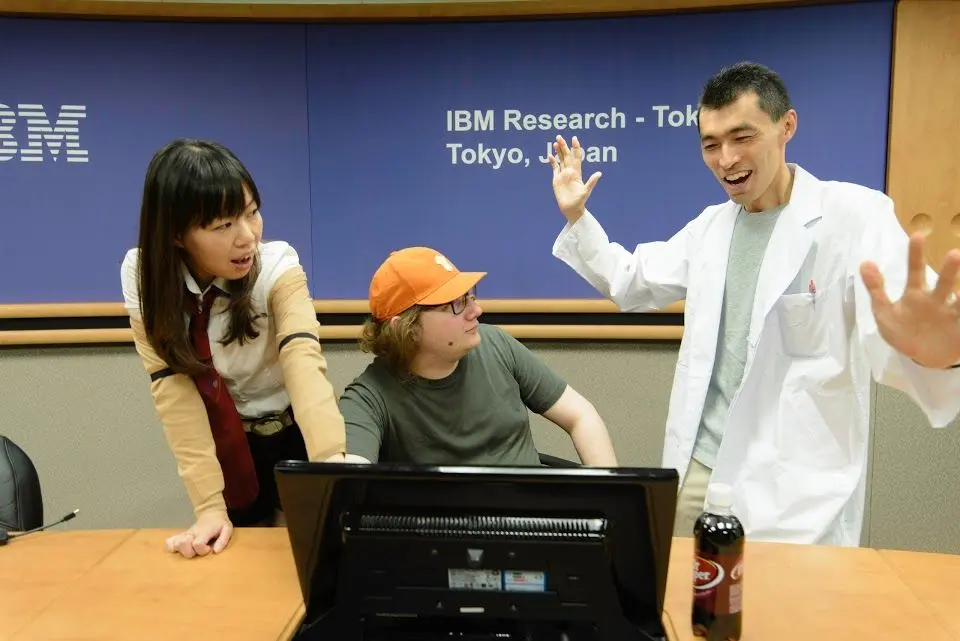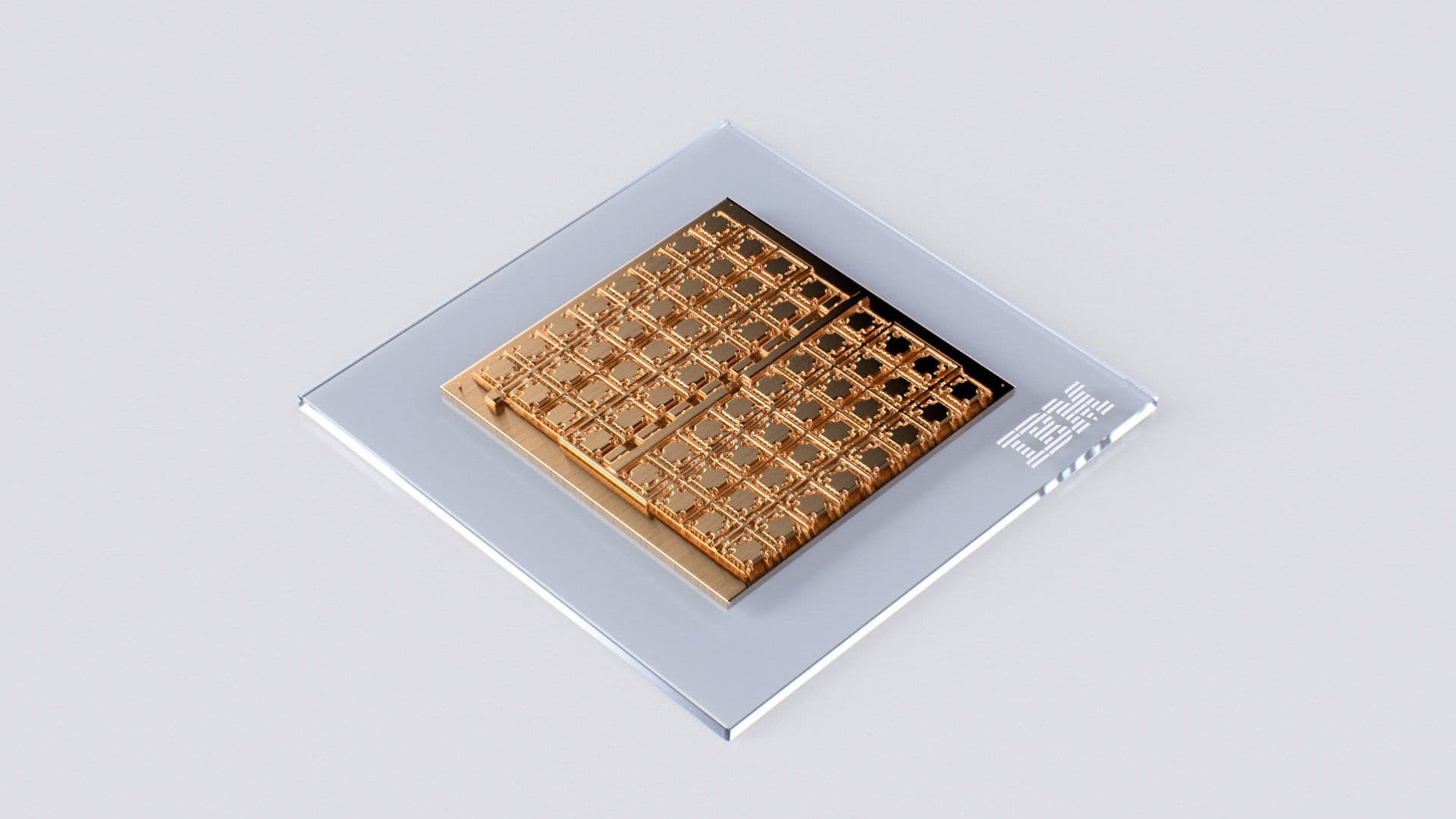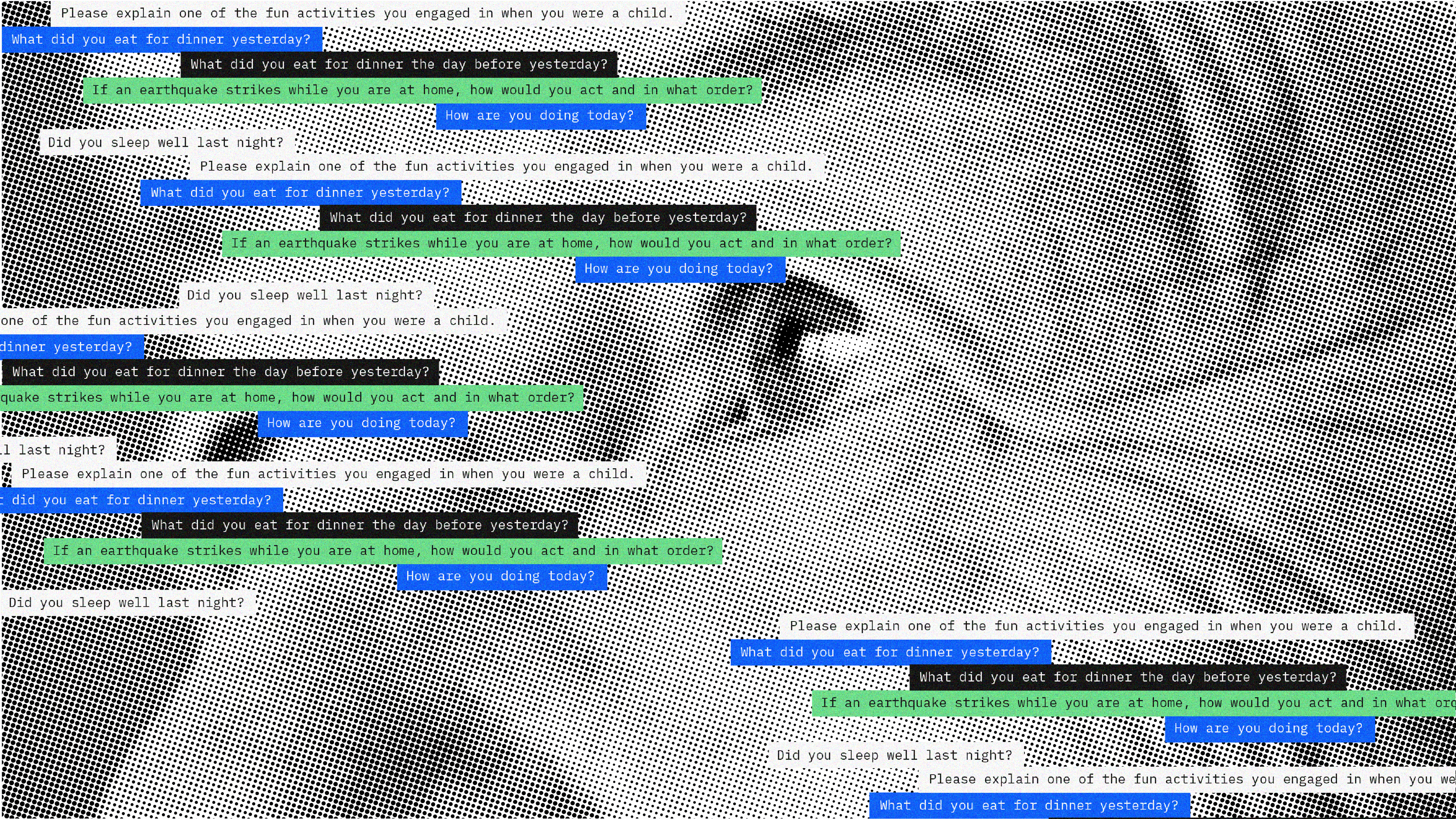Tokyo
IBM Research - Tokyo was established in 1982 as IBM’s fourth research laboratory and the organization’s first in Asia. Located in Toyko and Shin-Kawasaki, the lab led pioneering research in accessibility, microdevices, system software, embedded systems, security and privacy, and more. The lab is currently investigating new applications for foundation models and LLMs, while also leading efforts in digital health and AI-aided accessibility technologies, hybrid cloud infrastructure for AI and secure computation, quantum computing, and semiconductors.
Japanese site
Meet the team
We are a growing team of researchers, scientists, engineers, and designers pioneering scientific breakthroughs. Our work advances artificial intelligence, hybrid cloud, quantum computing, semiconductors, and scientific discovery.
Projects
Making Deep Neural Network systems more capable and energy-efficient.
Helping visually-impaired users to independently walk around and self-navigate
Developing a new chiplet integration technology using silicon bridge for advanced semiconductor packaging.
Multiple digital health-related applications for Alzheimer's disease using behavioral sensor data
News
Quantum Computing Blog (in Japanese)
Think Lab
The role of the Global Think Labs is to make what’s next in computing actionable for our clients. We offer a stimulating environment to explore future technologies and their transformational impact on business and society. The Think Lab Tokyo, located in the Hakozaki building, is both a working lab and a collaboration space where we share our vision of the future of computing with clients and collaborators. The features of the Think Lab Tokyo include the opportunity to experience the local research efforts in new applications for foundation models and LLMs, digital health and AI-aided accessibility technologies, hybrid cloud infrastructure for AI and secure computation, quantum computing, and advanced semiconductors including AI chips.
Location details
NANOBIC 7-7 Shin-Kawasaki
Saiwai-ku, Kawasaki
Kanagawa
212-0032 Japan









